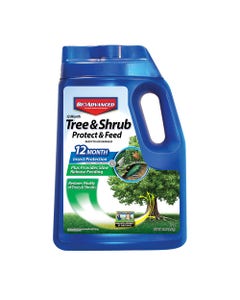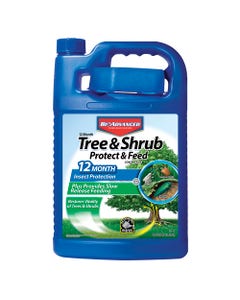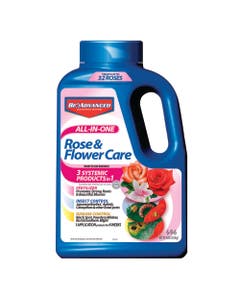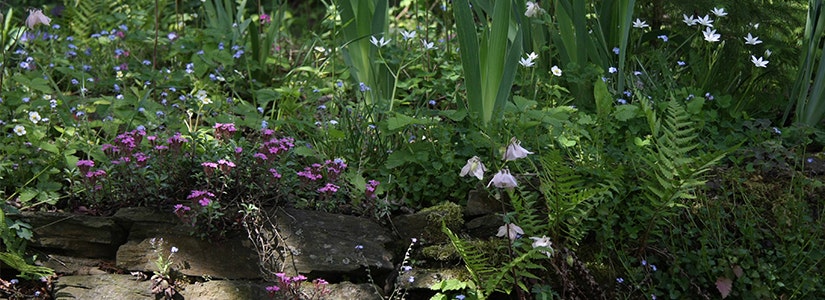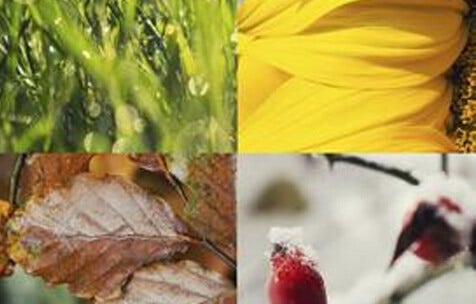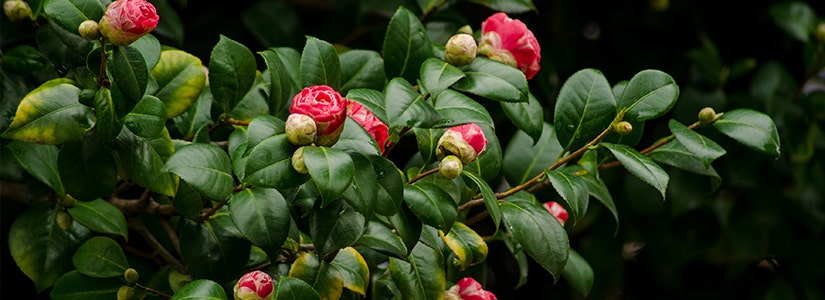

- Home
- Solution Center
- Learn
- Learn: Tree & Shrub
- Growing Shrubs: Shade Lovers
Growing Shrubs: Shade Lovers
Brighten low-light areas with eye-catching, shade-tolerant shrubs. These woody plants thrive in varying levels of shade, including afternoon-only shade and dappled shade beneath the canopy of a high tree. Some even thrive in full shade. Discover seven shrubs that are made for the shade.
Kurume Azalea (Rhododendron x obtusum)
Flower power explodes on this shrub. Tiny blossoms blanket stems in late winter in warmest zones and in spring in colder regions. In Florida, late fall flowering isn't uncommon. Plants prefer acidic soil; add sulfur or iron sulfate to lower soil pH.
Size: 2-8 feet high, 3-6 feet wide; smaller sizes occur in colder zones
Hardiness: USDA Zones 6-10
Light Level: Partial to full shade
Tip: Roots are shallow; mulch soil to conserve moisture and reduce temperature.
Camellia (Camellia)
Lustrous leaves offer evergreen color. Rose-like flowers up to 5 inches across open in late winter or early spring. Bloom color includes red, pink, white and bicolors. Provide soil that's acidic, high in organic matter and moist but well-drained.
Size: 7-12 feet high, 5-10 feet wide
Hardiness: USDA Zones 6-10
Light Level: Sun (in northern zones) to part shade. In southern zones, morning sun may cause petals to brown and become limp.
Tip: Prune after flowering ends. Protect shallow roots with mulch.
Oakleaf Hydrangea (Hydrangea quercifolia)
This native shrub boasts year-round interest. Blooms open in late spring in conical flower heads. Blossoms slowly fade from white to pink to brown through summer and fall. Green leaves shift to red, bronze and purple shades in autumn. Smaller varieties include ‘Sike's Dwarf’ and ‘Pee Wee.’
Size: 4-8 feet tall, 4-6 feet wide
Hardiness: USDA Zones 5-10
Light Level: Shade to full sun
Tip: Provide well-drained soil. Wet soil causes root rot. In coldest zones, protect with burlap in winter.
Japanese Kerria (Kerria japonica 'Pleniflora')
Sunny yellow blooms decorate green stems in spring; green stems add winter interest. Plants grow to form colonies and are useful for hedging. Remove stems as needed to control sprawl.
Size: 5-10 feet tall, 6-10 feet wide
Hardiness: USDA Zones 4-10
Light Level: Shade to part shade; flowers bleach in full sun
Tip: Prune after blooming to maintain tidy, smaller shape. Too much fertilizer reduces flowering.
Mountain Laurel (Kalmia latifolia)
This native shrub prefers acidic soil high in organic matter. Cup-shaped pink flowers appear in clusters from spring to early summer. Evergreen leaves add winter interest. Look for varieties with smaller forms and brighter blossom colors.
Size: 3-15 feet tall and wide
Hardiness: USDA Zones 4-9; in the West, grows best in areas with cool summers
Light Level: Part shade to full sun
Tip: Avoid over-fertilizing. Mulch soil to conserve moisture and cool roots.
Rhododendron (Rhododendron spp.)
Large flower heads feature clusters of individual blooms in a rainbow of hues, including purple, burgundy, white and yellow. ‘PJM’ types offer strong performance in colder climates.
Size: 3-10 feet tall, 4-8 feet wide
Hardiness: USDA Zones 4-8
Light Level: Part to full shade
Tip: Provide well-drained soil to avoid root rot. Mulch soil to conserve moisture and protect shallow roots.
Summersweet (Clethra alnifolia)
Also called Sweet Pepperbush, this native plant opens white bottlebrush blooms that beckon butterflies, bees and hummingbirds. Flowers appear in early summer and linger for six weeks or more. Blooms release a sweet fragrance; leaves turn golden in autumn. Look for dwarf or pink-flowered varieties.
Size: 3-8 feet high, 4-6 feet wide
Hardiness: USDA Zones 3-9; in the West, grows best in areas with cool summers
Light Level: Full sun to full shade
Tip: Provide acidic soil. Plants withstand moist soil; use along ponds or streams to prevent erosion.
And Don’t Forget Variegated Foliage
One of the best ways to lighten up a shady garden is to include plants with white to cream variegated leaves. Shrubs to look for include:
- Hydrangea macrophylla ‘Tricolor’ (USDA Zones 6-10)
- Variegated flowering Maples such as Abutilon savitzii (USDA Zones 9-11)
- Euonymus fortunei ‘Emerald Gaiety’ (USDA Zones 5-10)
- Cornus alba ‘Elegantissima’ (USDA Zones 2-8)
- Pittosporum tenuifolium ‘Irene Paterson’ or P. tobira ‘Variegata’ (both USDA Zones 9-11)
- Daphne ordora ‘Marginata’ (USDA Zones 7-9)
- Osmanthus heterophyllus ‘Variegatus’ (USDA Zones 7-10)
- Viburnum tinus ‘Variegatum’ (USDA Zones 8-10)
More Shrubs For Shade
- In warmest zones, also consider Aucuba, Hebe and Coprosma.
- In coldest zones, also consider Highbush Cranberry, Pagoda Dogwood and Red Twig Dogwood.
Check with your local nursery to see which plants grow best in your area, and consult the plant label or your favorite gardening book to see how much shade your selection can take. Help your new shrubs get off to a great start by feeding and providing insect protection.

